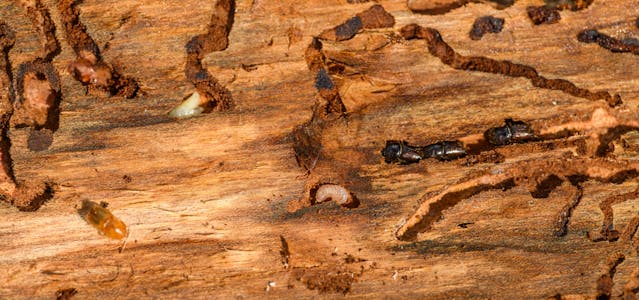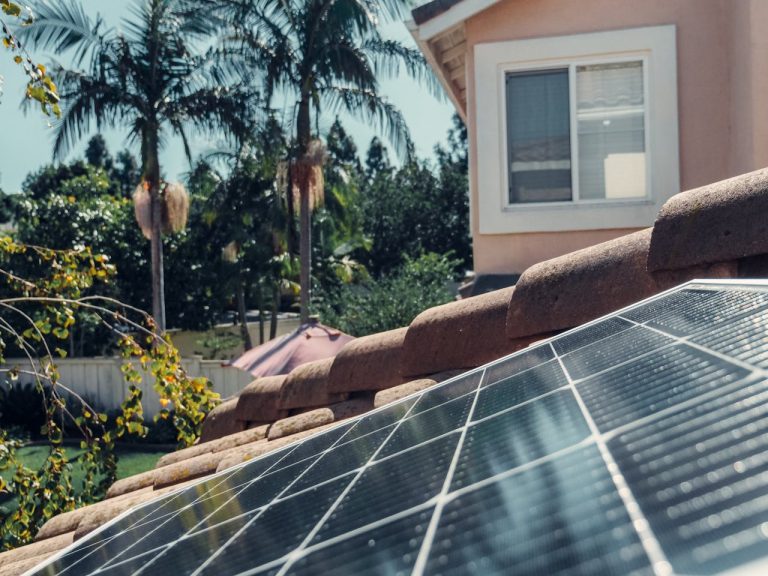- Conduct a thorough inspection to identify structural, electrical, and plumbing issues and potential pest infestations.
- Preserve architectural details like crown molding, hardwood floors, and vintage fixtures to maintain charm.
- Respect the era of the home by researching and incorporating period-appropriate design elements.
- Address environmental concerns such as lead-based paint, asbestos, and mold with professional remediation.
- Plan for modern comforts like energy-efficient upgrades and smart home technology integration.
Restoring an older home can be an exciting project, filled with the promise of uncovering hidden charm and history. However, it can also come with its fair share of challenges. From structural issues to outdated systems, there’s much to consider when embarking on a restoration journey. But fear not! With the right approach and know-how, you can transform your vintage property into a beautiful, functional space that honors its heritage while meeting modern standards. This article will explore five tips for restoring an older home, ensuring that your renovation project is a success.
1. Conduct a Thorough Inspection:
Before diving headfirst into your restoration project, conducting a comprehensive inspection of the property is crucial. This includes assessing the property’s structural integrity and electrical and plumbing systems and identifying any signs of pest infestation or water damage. Hiring a professional inspector can provide valuable insights into the home’s condition and help prioritize areas needing immediate attention.
Structural Integrity
Ensure that the foundation, walls, and roof are structurally sound. Look for cracks, rot, or signs of settlement that may indicate underlying issues.
Electrical and Plumbing Systems
Inspect the electrical wiring and plumbing pipes for worn or outdated components. Upgrading these systems to meet current safety standards is essential for a successful restoration.
Pest Infestation
Keep an eye out for pests such as termites, which can wreak havoc on older homes if left unchecked. Investing in termite control services can help prevent costly damage and ensure the longevity of your restoration efforts.

2. Preserve Architectural Details:
Older homes’ charms lie in their unique architectural features, such as crown molding, original hardwood floors, and decorative trim. When restoring your home, try to preserve these elements whenever possible. Refinishing woodwork, repairing plaster moldings, and restoring vintage fixtures can breathe new life into your space while maintaining its character and charm.
Salvage and Repurpose
Consider salvaging materials from other parts of the home or sourcing reclaimed materials to maintain authenticity and reduce waste. Repurposing old doors, windows, and hardware can add character and charm to your restoration project.
3. Respect the Era of the Home:
When planning your restoration, take the time to research the era in which your home was built and incorporate design elements and finishes that are true to its original style. Whether it’s Victorian, Craftsman, or Mid-Century Modern, staying true to the period can enhance the authenticity and value of your property.
Architectural Styles
Familiarize yourself with the architectural styles prevalent when your home was built. This will guide your restoration decisions and ensure cohesiveness throughout the property.
Materials and Finishes
Choose materials and finishes that are appropriate for the era of your home, such as period-appropriate paint colors, flooring, and hardware. Pay attention to trim profiles and window styles to maintain historical accuracy.
4. Address Environmental Concerns:
Older homes may harbor environmental hazards such as lead-based paint, asbestos, or mold. It’s essential to address these concerns safely and effectively to protect the health and well-being of occupants. Hiring professionals to handle hazardous materials removal and remediation is crucial to ensure compliance with regulations and mitigate health risks.
Lead Paint and Asbestos
If your home was built before 1978, the paint may have lead, which can pose various health risks, especially to children. Similarly, asbestos insulation or flooring materials were commonly used in older homes and require professional abatement to remove safely.
Mold Remediation
Moisture issues in older homes can lead to mold growth, which can exacerbate respiratory problems and cause structural damage. Proper ventilation, moisture control, and professional mold remediation are essential for maintaining a healthy indoor environment.
5. Plan for Modern Comforts:
While preserving the historic integrity of your home is important, integrating modern amenities and comforts can enhance its livability and functionality. Whether it’s updating the kitchen with state-of-the-art appliances or incorporating energy-efficient heating and cooling systems, thoughtful modernization can make your restored home more enjoyable and appealing to future buyers.
Energy Efficiency
Investing in energy-efficient upgrades such as insulation, windows, and appliances reduces utility costs and enhances your home’s comfort and sustainability. Look for incentives or rebates for energy-saving improvements to maximize your investment.
Smart Home Technology
Integrating smart home technology allows for greater control and convenience, from programmable thermostats to security systems. Retrofitting older homes with modern smart features can improve efficiency and security while preserving the property’s historic character.

Restoring an older home is a labor of love that requires careful planning, attention to detail, and respect for its history. By following these five tips – conducting a thorough inspection, preserving architectural details, respecting the era of the home, addressing environmental concerns, and planning for modern comforts – you can confidently navigate the restoration process and achieve remarkable results. Remember, while challenges may arise along the way, the end result – a beautifully restored home filled with character and charm – will be well worth the effort.




